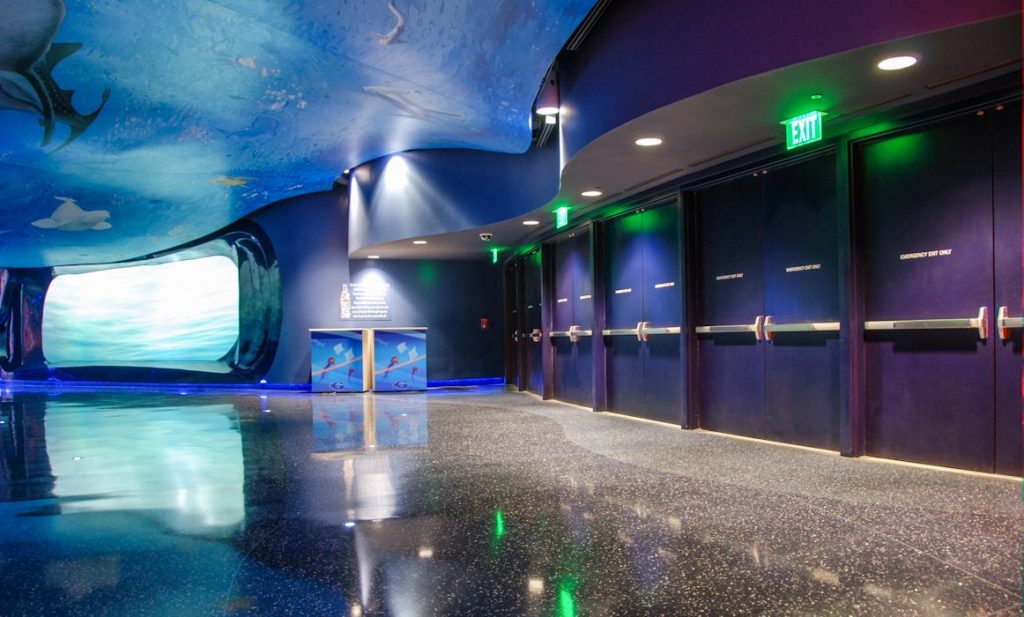 Panic hardware may be used for durability, ease of operation, reduced need for maintenance, availability of electrified options, and sometimes even for aesthetics. There are also locations where panic hardware is mandated by code.
Panic hardware may be used for durability, ease of operation, reduced need for maintenance, availability of electrified options, and sometimes even for aesthetics. There are also locations where panic hardware is mandated by code.
Typically, panic hardware – or fire exit hardware for fire doors – must be used on doors serving areas where large groups of people gather. The touchpad or crossbar will unlatch the door easily to help facilitate rapid evacuation of the occupants of the space. Panic hardware is also required for doors in high hazard occupancies.
In addition to the locations where panic hardware is required, the model codes prescribe the length of the actuating portion of the device, the limitation on the amount of force to retract the latch(es), and the required listings to indicate compliance with the requirements for panic and fire protection. Some of the electrified options for panic hardware are also addressed in the model codes.
This Decoded article covers the code requirements pertaining to panic hardware and fire exit hardware, and this blog post digs into one of the frequently-asked questions about panic hardware.
The video below addresses the locations where panic hardware is required. Additional (optional) videos are available on panic hardware basics and types of panic hardware.
Note: This video mentions the requirements for panic hardware on electrical rooms, based on the National Electrical Code (NEC) that had been published at the time the video was made. There have been variations between editions of the NEC, and ShortCodes 4K addresses the requirements for panic hardware on doors serving rooms housing electrical equipment and refrigeration machinery rooms.
After reviewing these materials, proceed to the review questions below.
~~~
Review Questions
1. In which of the following locations would the International Building Code (IBC) require panic hardware?
- A vestibule door with non-latching push/pull hardware, serving an assembly occupancy with an occupant load of 600 people
- A stairwell door serving a floor of an office building that contains 80 cubicles and 12 offices
- The main entrance door of an apartment building with 30 units and no large gathering spaces
- The egress door for a university lecture hall with 70 fixed seats
2. The actuating portion of panic hardware must be how long?
- 2/3 of the door width
- 20 inches
- 1/2 of the door width
- 30 inches
3. Panic hardware installed on a non-fire-rated door must be listed to which test standard?
- UL 305
- UL 10B
- UL 10C
- NFPA 101
Answers: 1 – D, 2 – C, 3 – A
